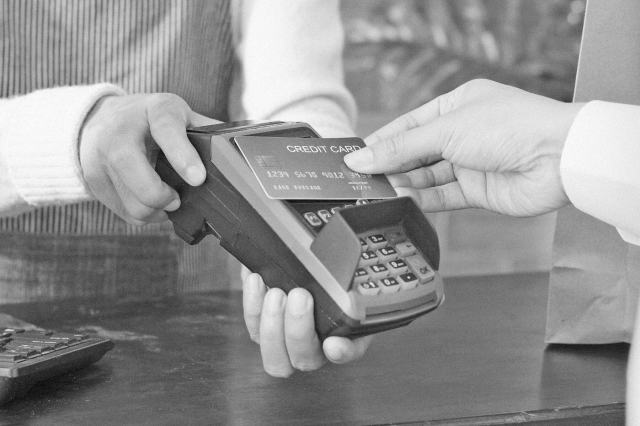As the first step of Operation Overlord, nearly 160,000 Allied troops descended on five beaches across a 50-mile stretch of northwestern France on the morning of June 6, 1944, now known as D-Day. |
| |
| |
|
 |
|
| A s the first step of Operation Overlord, nearly 160,000 Allied troops descended on five beaches across a 50-mile stretch of northwestern France on the morning of June 6, 1944, now known as D-Day. They encountered the fiercest resistance along the section code-named Omaha Beach, where the Germans unleashed torrents of gunfire from their encampments in ravines and on the bluffs that overlooked the sandy bank. |
|
|
| On a quieter day 44 years later, geologists Earle McBride and Dane Picard scooped a sample of sand from the high tide point of Omaha Beach for closer examination. Among their findings, which were published in the September 2011 edition of The Sedimentary Record and the January 5, 2012, edition of Earth magazine, were a significant number of "angular opaque grains that were magnetic." They eventually realized that these grains, ranging in size from .06 to 1.0 millimeters, were shrapnel shards that had been broken down into tiny pieces. They concluded that the shards made up 4% of the total sample. Additionally, they found 30 slightly larger iron and glass beads, believed to be the result of high-temperature munitions explosions in the sand and air. |
|
| The geologists pointed out that the 4% figure doesn't represent the entirety of Omaha Beach, as wave breaks and currents can disrupt grain distribution on a daily basis. What's more, because of the corrosion accelerated by rust and waves, there was already a drop in the concentration of beach shrapnel in the decades between when the sample was collected and when the results were published. Which means that while beachgoers today still walk among these fleeting remnants of one of history's most important military engagements, nature will sweep them away for good within the next century or so. |
|
 |  |
|
|
 |
|
| |
|
| Allied nations involved in D-Day's execution | | | 12 |
| | | Allied troops who landed in Normandy on D-Day | | | 156,115 |
| | | Allied troops who landed in Normandy on D-Day | | | 156,115 |
|
|
|
| Tons of ammunition brought to Britain for the D-Day invasion | | | 450,000 |
| | | Maps used to support the D-Day operation | | | 17 million |
| | | Maps used to support the D-Day operation | | | 17 million |
|
|
|
 |
|
 | | Did you know? |
|
|
A misdirection campaign helped the Allies disguise their D-Day plans. |
|
| Of all the factors that contributed to the Allied victory on D-Day, perhaps the most underrated was the successful deployment of misdirection tactics grouped under the code name Operation Bodyguard. Since beginning construction on their 2,400-mile "Atlantic Wall" coastal defense in 1942, the Nazis had been carefully monitoring the French city of Calais, the closest point between Great Britain and continental Europe, anticipating an Allied attack. Exploiting this, Allied double agents informed their German superiors that an invasion of the area was imminent, while deliberately leaked radio communication seemingly confirmed those plans. The Allies also drew attention to the buildup of a dummy fighting force in Southeast England, and even sent an actor impersonating British Field Marshal Bernard Montgomery on a phony reconnaissance mission to the Mediterranean. Although the Germans weren't entirely caught flat-footed when the long-awaited strike finally emerged at Normandy, some 150 miles southwest of Calais, the various deceptions had thinned their defenses enough to benefit the Allied troops. |
|


Lainnya dari















0 comments:
Post a Comment